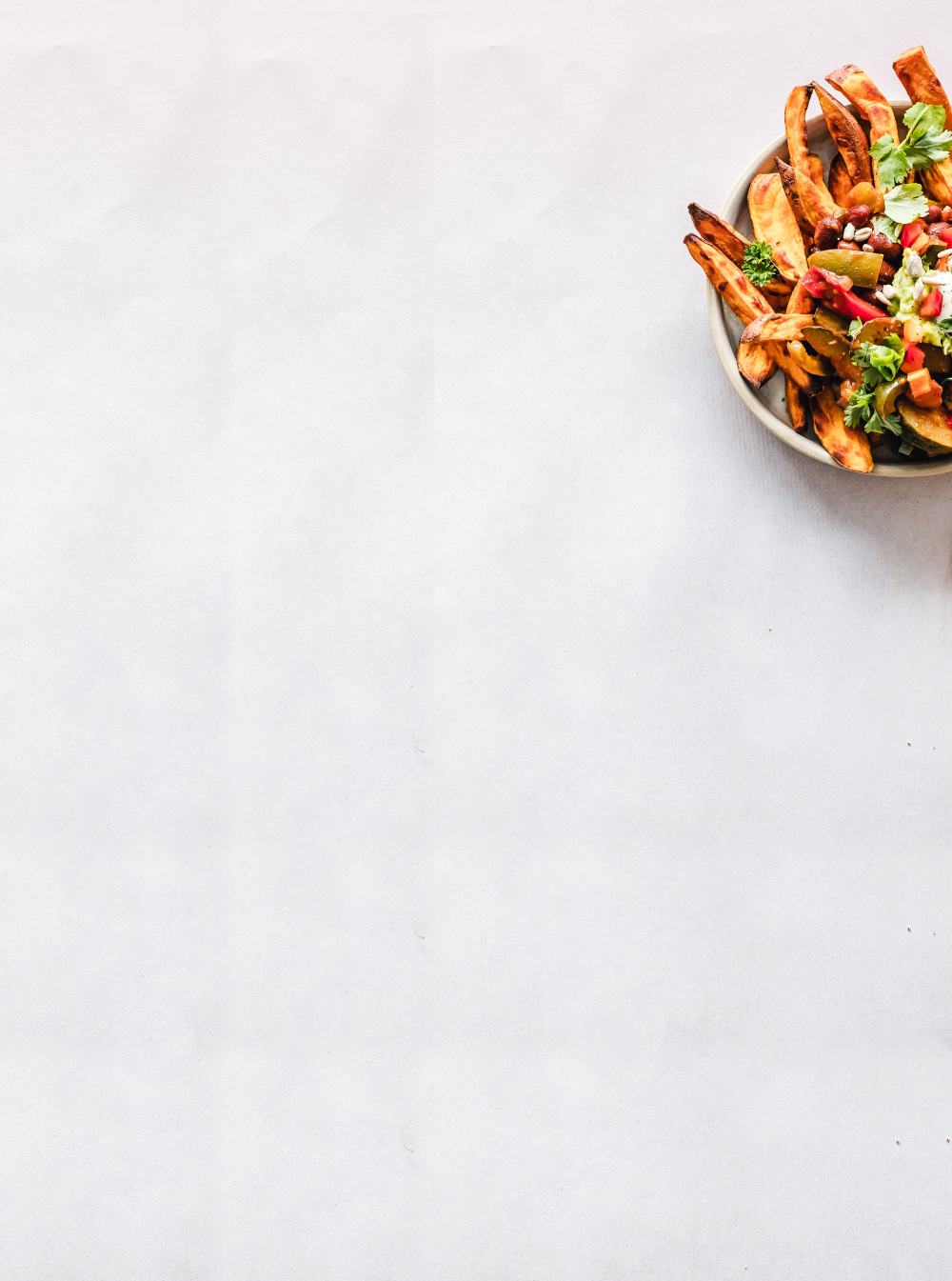Animals in British Farming
Grower pigs
Breeding pigs
Grower pigs
4-6 months
Breeding pigs
3-5 years
Birth
Natural life expectancy
Factory farmed chickens
Free range chickens
Organic chickens
Factory farmed chickens
35 days
Free range chickens
56 days
Organic chickens
81 days
Birth
Natural life expectancy
23%Other
Females
Culled males
Veal males
Females
6 years
Culled males
1 day
Veal males
6-8 months
Birth
Natural life expectancy
Free range laying hens
Caged laying hens
Male laying hens
Free range laying hens
72 weeks
Caged laying hens
72 weeks
Male laying hens
1 hour
Birth
Natural life expectancy
No data is available for the living conditions of bulls and cows, but it is likely to be mostly outdoors
Cows
Cows
21 months
Birth
Natural life expectancy





